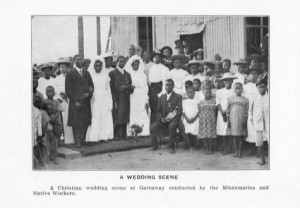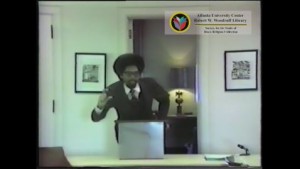The Georgia Newspaper Project was mentioned in an interview on NPR’s Fresh Air on September 15, 2016.
Fresh Air host Terry Gross interviewed Patrick Phillips, author of the book Blood at the Root, which documents 1912 events in Forsyth County, Georgia, where white mobs violently expelled 1100 African Americans who lived in the county, a response to the alleged rape of a white woman by an African American man, and the death of a young white woman who died of injuries sustained in a beating. In the interview, Phillips discusses his research conducted with descendants of the African Americans who were driven out of Forsyth County, with white Forsyth County residents, and his work consulting archives.
You can listen to the interview and read the interview transcript here:
The excerpt of the interview that mentions the Georgia Newspaper Project follows:
“PHILLIPS: You know, I did not find any photographs. I found lots of descriptions. You know, my search for photographs was interesting in that one of the places where I think I might have found such a photograph was in the Forsyth County newspaper. I relied on a lot of newspapers from Atlanta, from places as far away as The New York Times and especially Gainesville, the town next door.
But one of the really gaping holes in the record is the Forsyth County News which was publishing Incoming, the closest newspaper, you know, right in the middle of all of this, and the issues from the relevant months are nowhere to be found. There – I actually went to the University of Georgia library and where there’s a place called the Georgia Newspaper Project and they have microfilms of all of these.
And literally I opened the drawer and the two boxes that would contain September and October of the Forsyth County News from 1912 there’s just a space there. You know, hard to say exactly what to make of that, but it certainly seems there’s been some effort to deflect attention away from all of this.”
Find out more about the Georgia Newspaper Project by visiting here.



